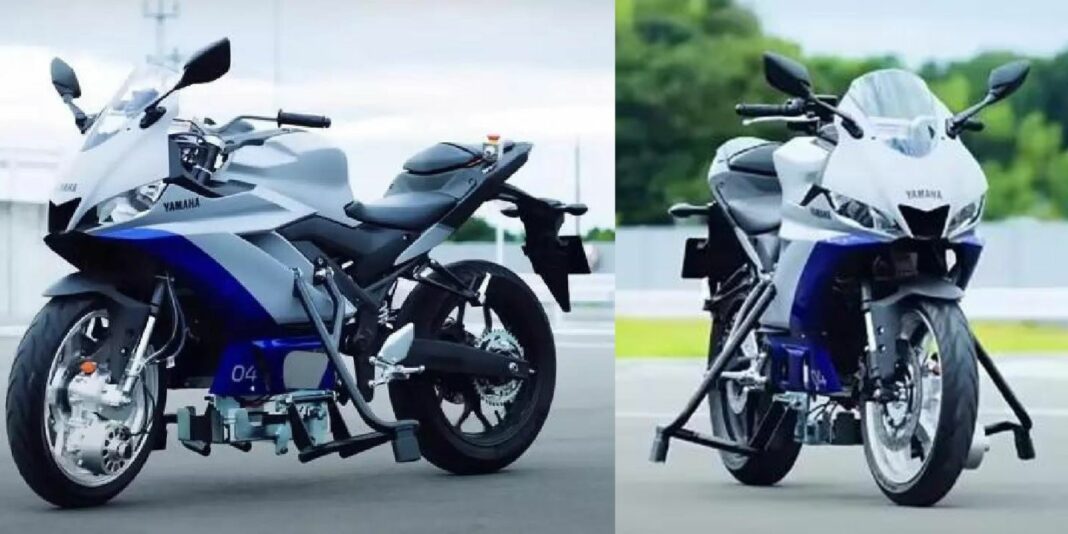
Yamaha R25-based self-balancing motorbike is in progress; intended to minimise accidents on roads
Yamaha has announced their self-balancing technology with the goal of reducing motorcycle-related fatalities to zero by the year 2050. This is done in light of their mission to reduce major accidents while riding motorbikes at high speeds. The Yamaha Advanced Motorbike Stabilisation Assist System (AMSAS) self-balancing technology is a crucial part of the system. As part of its Jin-Ki Kanno x Jin-Ki Anzen Safety Vision, Yamaha essentially wants to make the globe accident-free for its consumers.
Yamaha self-balancing technology – Details
The self-balancing technology from Yamaha works by stabilising the tilt of the vehicle at low speeds. Motor actuators have been mounted on the front wheel and handlebars, to control the driving and steering forces. A 6-axis Inertial Measurement Unit (IMU) in turn controls the actuators. At low speeds, the mechanism enables the bike to be automatically stabilised. Even without the rider, the test vehicle is shown travelling forward. The actuator mounted on the front wheel provides stability when the bike is stopped or started. The actuator mounted to the handlebars provides stability once in motion and up to 5 kmph. The self-balancing system can essentially function at walking speeds. In such cases, rider input won’t be necessary.
Yamaha is currently in the middle of developing its self-balancing technology. The company is creating several other rider assistance systems for example Tracer 9 GT+’s radar-linked Unified Brake System is one such system. Yamaha has planned to roll out its self-balancing technology for a variety of additional personal mobility applications, including bicycles.
Usefulness of self-balancing motorbike
For shorter people or users who find it difficult to control the weight of the bike when starting and stopping, a self-balancing system can be a huge asset. Also, it is helpful for beginners as well since it is less likely for bikes to overturn and can be handled easily. A self-balancing motorbike can also be useful for some groups of users who have physical disabilities.
There is a lot of research being conducted in this field because self-balancing technology may be the next big thing in the world of two-wheelers. Liger Mobility had previously displayed its self-balancing electric scooters, the Liger X and Liger X+, at the 2023 Auto Expo earlier this year. Without the rider’s assistance, the scooter could balance itself. Liger self-balancing electric scooter bookings are expected to open in the latter part of this year and deliveries are expected to start by the year-end.
Although Yamaha is looking forward to introduce self-balancing tech to its several models, manufacturers like Honda and BMW have previously displayed their various motorbike self-balancing systems, but a production model is yet to arrive.

